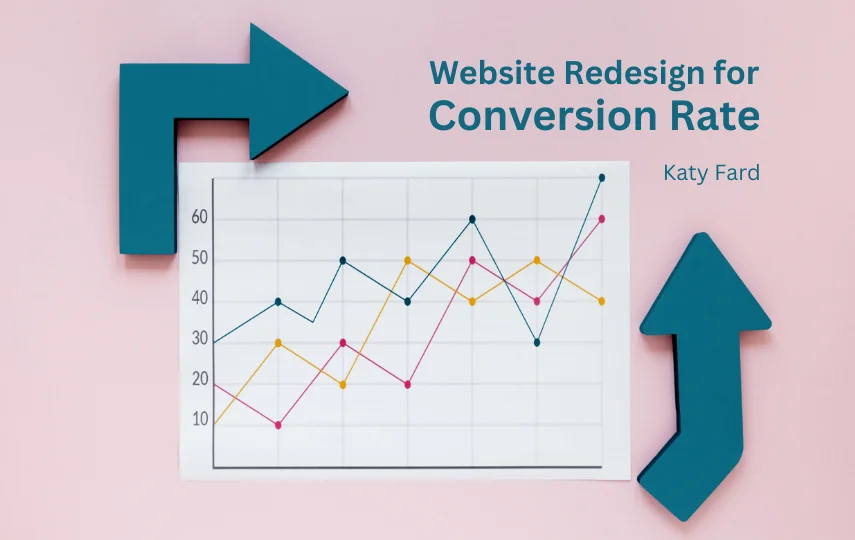In today’s competitive online landscape, it is essential for businesses to constantly strive to improve their website’s conversion rates and user engagement in order to stay ahead of the competition. A website redesign project focused on improving these metrics can be a powerful tool for increasing sales, leads, and overall business success. In this analysis, we will explore the process of website redesign for conversion rate, with a focus on key strategies and best practices for improving user engagement and ultimately driving more conversions.
Identifying Goals and Objectives
The first step in any website redesign project is to clearly identify the goals and objectives that the redesign is intended to achieve. In the case of improving and user engagement, these goals may include increasing the number of leads generated, boosting online sales, reducing bounce rates, and improving overall user satisfaction and engagement with the website. By clearly defining these objectives, the redesign team can keep these goals in mind throughout the project and make strategic decisions that will help to achieve them.
Research and Analysis to Improve Conversion Rates
Before diving into the redesign process, it is crucial to conduct thorough research and analysis to gain a deep understanding of the current website’s performance, user behavior, and areas for improvement. This may include analyzing website analytics data to identify key metrics such as bounce rates, conversion rates, and time on site, as well as conducting user testing and surveys to gather insights on user preferences and pain points.
In addition to analyzing existing data and user feedback, it is important to conduct competitive analysis to benchmark the website against competitors and identify best practices and opportunities for improvement. This research phase is critical for developing a solid foundation for the redesign project and ensuring that strategic decisions are based on data and user insights.
User-Centered Design
One of the key principles of successful website redesign for conversion rate is to adopt a user-centered design approach. This involves designing the website with the needs and preferences of the target audience in mind, and creating a seamless and intuitive user experience that guides users through the conversion funnel. This may involve simplifying navigation, improving site speed, and optimizing content and design elements to make it easy for users to find the information they are looking for and take action.
In addition to streamlining the user experience, it is also important to focus on the visual design of the website to create a visually appealing and professional look that builds trust and credibility with users. This may involve updating the website’s branding, using high-quality images and videos, and creating a clean and modern design that aligns with the company’s overall brand identity.
Optimizing Conversion Funnel
Another key focus of the website redesign project should be on optimizing the conversion funnel to drive more conversions. This involves analyzing the user journey from landing on the website to completing a desired action, such as making a purchase or submitting a lead form, and identifying potential points of friction or drop-off that may be hindering conversions.
By mapping out the conversion funnel and identifying key touchpoints where users may be dropping off, the redesign team can make strategic changes to the website to optimize the user journey and improve conversion rates. This may involve simplifying the checkout process, adding clear calls-to-action, and removing unnecessary steps or distractions that may be deterring users from completing the conversion.
Mobile Optimization
In today’s mobile-first world, it is essential for websites to be optimized for mobile devices in order to provide a seamless user experience across all devices. This means ensuring that the website is responsive and mobile-friendly, with optimized design and functionality that makes it easy for users to navigate and complete conversions on their mobile devices.
As part of the website redesign project, it is important to prioritize mobile optimization and ensure that the website looks and performs well on a variety of different devices and screen sizes. This may involve redesigning the website with a mobile-first approach, optimizing for touchscreens, and ensuring that key features and functionality are easily accessible on mobile devices.
Testing and Iteration
Once the redesigned website is launched, it is important to continue monitoring performance and conducting A/B testing to identify areas for further improvement and optimization. By testing different design and content variations, the redesign team can gather data on what resonates best with users and drives the highest conversion rates, and make strategic decisions to continuously improve the website’s performance.
Through ongoing testing and iteration, the redesign team can gather valuable insights on user behavior and preferences, and use this data to make informed decisions that will help to further optimize the website for conversion. This iterative approach is key to driving continuous improvement and ensuring that the website remains competitive and effective in converting visitors into customers.
Conclusion
In conclusion, a website redesign project focused on improving conversion rates and user engagement can be a powerful tool for driving business success and staying ahead of the competition in today’s digital landscape. By identifying clear goals and objectives, conducting thorough research and analysis, adopting a user-centered design approach, optimizing the conversion funnel, prioritizing mobile optimization, and testing and iterating on the redesign, businesses can create a website that is optimized for driving conversions and delivering a seamless user experience that will keep visitors engaged and coming back for more. By following these key strategies and best practices, businesses can set themselves up for success and achieve measurable results in improving conversion rates and user engagement.



Please explain more about the concept of conversion rate
Hello Beth,
The conversion rate is the percentage of website visitors who ultimately complete a specific desired action, like completing a purchase or signing up for a service. It is a crucial metric in digital marketing, showing how well a website converts visitors into customers. A high conversion rate implies effective user engagement and strong marketing strategies, while a low rate may highlight areas needing improvement in website design or marketing tactics.
Thank you
How can we analyze user journey?
Hello Gori,
Analyzing the user journey involves tracking interactions at different touchpoints towards conversion. Tools like Google Analytics, heatmaps, and surveys help monitor user behavior and preferences. By analyzing this data, businesses gain insights into user needs, pain points, and areas for improvement. Understanding user behavior helps in optimizing marketing campaigns, website design, and overall user experience. By identifying key moments and patterns in the journey, businesses can enhance their strategies to better meet customer expectations.
Thank you
Hello Katy is it better to focus on mobile display or desktop?
Hello Fredrick. Thank you for your question. According to the statistics I read, more than 70% of users use mobile phones to open websites.
[…] in today’s digital world. A well-designed website can significantly impact user experience, conversion rates, and overall success of a business or organization online. In this article, we will explore the […]